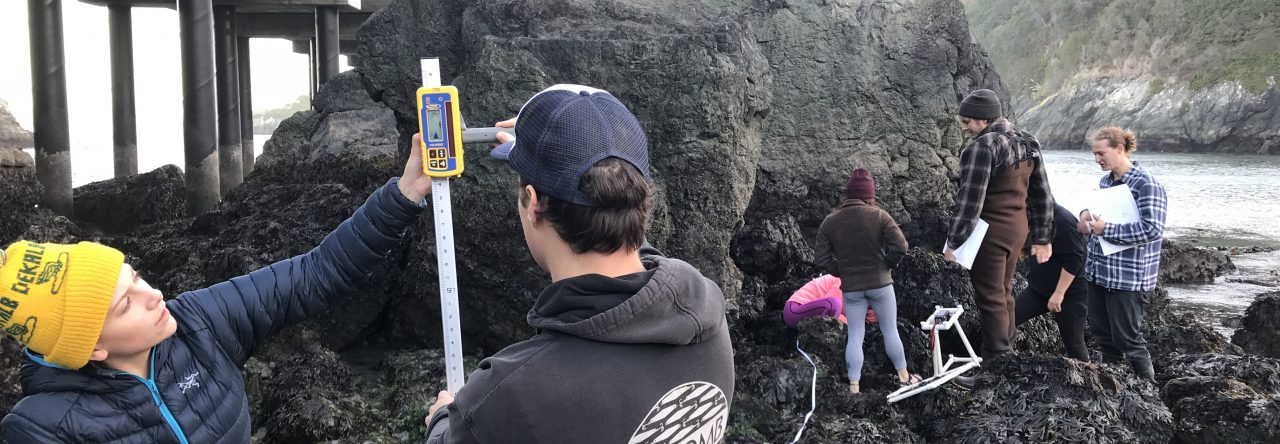Have you ever tried to watch grass grow? It’s something that happens at such an excruciatingly slow pace that even if you come back at the end of the day you probably won’t see much of a difference. But what about watching kelp grow? If you are just a little patient, or if you leave for a few hours and come back, you would be able to notice that the piece of kelp you were watching was significantly longer. This is all because kelp, specifically giant kelp, is one of the fastest growing “plants” in the world.

Macrocystis pyrifera, more commonly known as giant kelp, is a type of algae known as macroalgae. All that really means is its big. Like, really big. Giant kelp generally grows to be around 45 meters, or 150 feet long. And that thing I mentioned earlier about it growing fast? It can grow as much as two feet in a single day. This speedy growth allows huge amounts of kelp to grow quickly in high nutrient areas and create giant forests of kelp.
Kelp forests are home to a wide variety of fish and invertebrates, including some of California’s most popular fisheries, like abalone and lobster. But these forests are disappearing. As our oceans warm as a consequence of global warming, the kelp does not do well. They prefer to live in very cold nutrient-rich areas, where almost freezing water often gets swept up from the bottom of the ocean to the surface. But our oceans are getting warmer, which makes for some very unhappy kelp. It weakens the forests so they get ripped up more often by storms, leaving behind very little. With the kelp gone, lots of herbivores go hungry, including urchins. Urchins are beautiful creatures and they aren’t inherently bad, but when the kelp starts going away they hit crunch time.

Urchins most often hide in crevices, away from their predators, where they catch bits and pieces of drift algae that has fallen off the big stipes. But when that drift algae starts to go away because the kelp is disappearing, they go on the hunt for more. And urchins will leave no piece behind. They can plow through the remains of a kelp forest like spikey, determined Roombas, eating any little bit they find, creating huge wastelands and barrens of only urchins. This makes it much harder for new kelp to grow. As soon as there is enough to eat, the urchins are on it.

But that isn’t the only future for kelp. As our weather changes a little more, we are seeing more upwelling of that cold, nutrient-rich water coming up from the bottom. There are also lots of conservation projects that are pushing to remove urchins to give the kelp a chance to grow again. And even if that doesn’t happen, eventually the urchins will starve until enough of them are gone and the kelp returns on its own. Nature always finds its way back to equilibrium.
Citations:
Ebeling, A.W, Laur D.R, and Rowley R.J. (1985). Severe storm disturbances and reversal of community structure in a Southern California kelp forest. Mar. Bio. 84, 287-294.
Jackson, G. A. (1977). Nutrients and production of giant kelp off Southern California. Limnol. Oceanogr. 22,.
Tegner, M. J. and Dayton, P. K. (1991). Sea urchins, El Ninos, and the long term stability of southern California kelp forest communities. Mar. Ecol. Prog. Ser. 77, 49–63.

